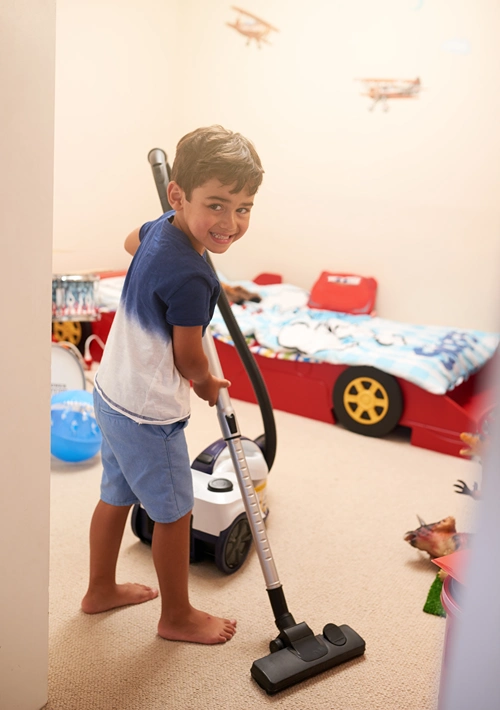Baseball Parent Etiquette: Dos and Don’ts to Follow
Baseball season is an exciting time for young athletes and their families. Cheering from the stands, celebrating key plays, and watching your child grow on and off the field will create lasting memories. However, being a good baseball parent goes beyond showing up at games. You want to be a role model for your child.
Following proper etiquette can create a positive environment for your child and the entire team. Below, you’ll learn the essential dos and don’ts of baseball parent etiquette to help you contribute to a respectful baseball community.
Do Encourage and Support All Players Equally
Every young player on the team is there to learn and grow. Cheer for your child and all players, regardless of their skill level or performance. Compliment the effort and teamwork you see rather than focusing only on achievements like home runs or strikeouts. A positive attitude in the stands sets the tone and lets all the kids feel valued, fostering a team-first mindset.
Don’t Yell at the Coaches or Umpires
Part of being a great baseball parent means respecting the authority of the coaches and umpires. Avoid shouting instructions to your child from the sidelines, disrupting the game, and undermining the coach’s instructions. Similarly, resist the urge to argue with the umpire even if a call doesn’t go your way. These individuals dedicate their time and effort to support the game, and setting an example of respect demonstrates good sportsmanship for your child.
Do Teach Your Child Good Sportsmanship
Sportsmanship is one of the most important lessons children can learn through baseball. Talk to your child about staying respectful, whether they are winning or losing. Encourage them to shake hands with their teammates and opponents after the game. Remind them to thank their coaches for their time and guidance. When parents model sportsmanship, kids are more likely to emulate that behavior on and off the field.
Don’t Overstep During Your Child’s Practice or Games
While wanting to help your child succeed is natural, stepping onto the field or coaching from the sidelines can hinder their growth. Allow coaches to do their job and create a clear boundary between being a supportive parent and interfering with team operations. Giving your child space during practices and games allows them to develop independence and respond to instruction from their coach without distraction.
Do Bring Snacks and Refreshments for the Team
Being a thoughtful part of the baseball community can go a long way. When it’s your turn to provide snacks, contribute something simple and nutritious that energizes the kids. While homemade brownies might sound nice, options like fruit cups, granola bars, or bottled water will keep their focus sharp and ready for the game. Helping replenish the team’s energy makes you an appreciated part of game day.
Do Get Your Child the Correct Equipment
The right gear is essential for your child to play effectively and stay safe on the field. Start by picking out the right bat that suits their size and skill level. Also, equip them with essentials like a well-fitted helmet to enhance your little leaguer’s safety during practice and games. Proper equipment supports their performance and instills confidence as they compete throughout the season.

Other Baseball Equipment
Other equipment your child will need includes:
- Cleats
- Baseball glove
- Batting gloves
- Extra baseballs
Take these baseball parent dos and don’ts to heart this season and watch your child thrive in an environment full of respect, encouragement, and positivity. Make every game count—for the team, your child, and yourself.





 Author bio: Cora Gold is the Editor-in-Chief of women’s lifestyle magazine,
Author bio: Cora Gold is the Editor-in-Chief of women’s lifestyle magazine, 





